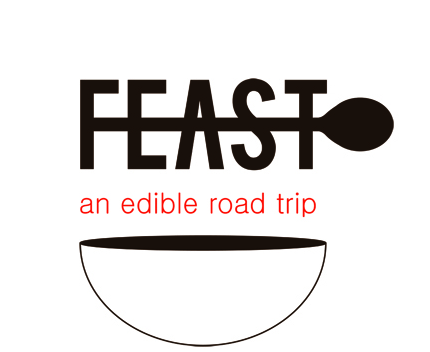The Elk Ranch
If you’re from the Ottawa area, you are probably already aware of the tall, Dutch family selling specialty elk products at the city’s farmers’ markets and restaurants. This was a new and exciting discovery for us, however. Thom Van Eeghen and his family have been operating the Elk Ranch in Kanata (just outside of Ottawa) for about fifteen years, and he raised elk for several years in New Zealand prior to this. Elk are one of the largest members of the deer family and one of the largest land mammals in North America.
We arrived at the farm, helmeted up, and hopped onto Thom’s ATV to go out to the field where the elk graze on some of the 90 acres available to them throughout the year. They are raised on a diversity of food sources, having both fields and forests available for feeding and strolling. Similar to bison, elk are still wild animals, and need little in the way of built structures, even during the winter.
It was approaching mating season at the Elk Ranch, which means the bulls and cows (female elk) were separated. We first visited the lady elk in the field and later dropped in on the males dotting the forest. We had a long, long stare-off with this fella while we each took more photographs than is reasonable of his intricate antlers.
Elk can run gracefully through a forest and emerge without a scratch on their antlers, which is impressive considering I nearly roll my ankle almost every time I hike.
We have learned about various alternative proteins on this trip, including wild bison in Alberta and Texas long horn cattle in Norfolk County. Raising alternative proteins has some challenges; since elk meat is another niche product, the story of elk farming is one that requires farmers to create the market for their product.
Far fewer people eat elk than beef. A new farmer interested in raising beef cattle, for example, can pretty much guarantee a market for their product, typically with little additional effort on their part, whereas a new elk farmer may have to do some work convincing people of the value of theirs. This was certainly true in Thom’s case, as he is the only elk producer in his area. The Elk Ranch sells products to a variety of customers, with farmers markets and restaurants making up the biggest percentage of their customers.
Even with these challenges, it is a good time to raise alternative meat; people are increasingly looking to diversify the food sources they consume, and chefs are always happy to find unique and interesting ingredients with which to work. Thanks to people like Thom, there is more diversity in the Ottawa food scene, and we’ve now gotten far closer to a bull elk than we ever thought possible.
-DV
